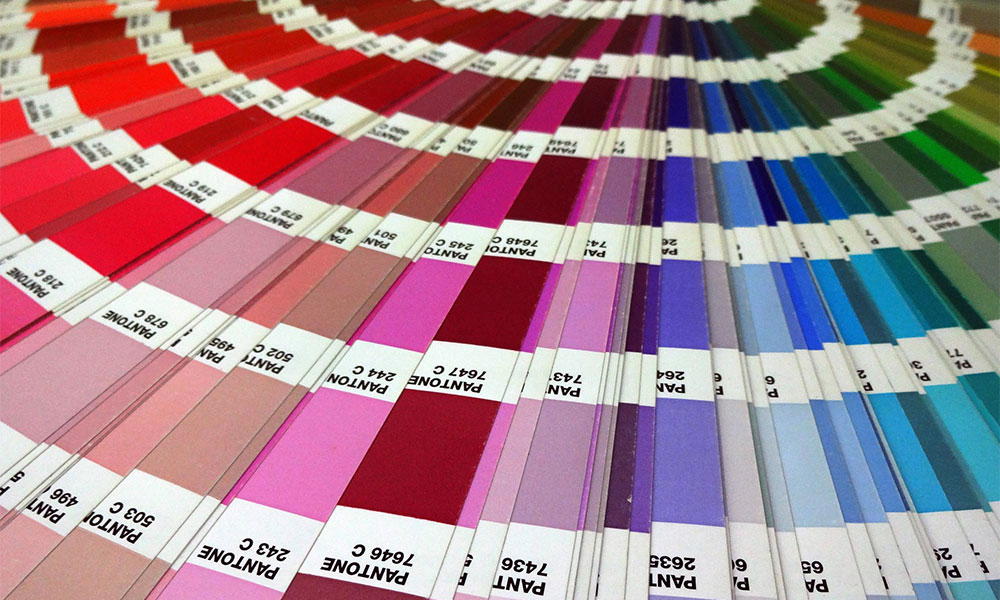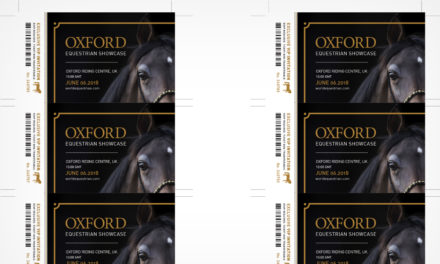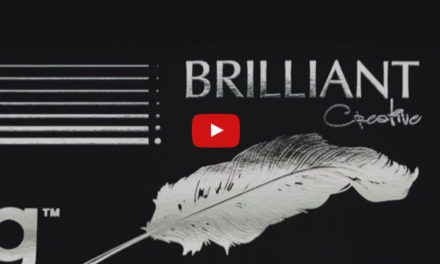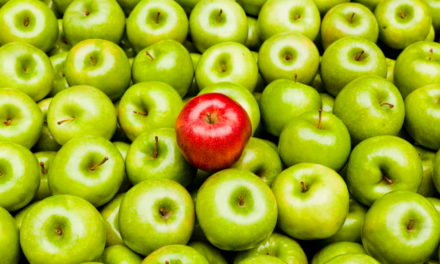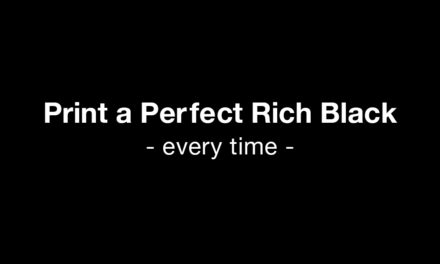The effect of color patterns can leave a strong psychological impact on consumer behavior and decision-making, leading many marketing companies and design teams to harness its capabilities for a positive return. Given that 93% of buyers value visual appearance and 85% suggest color may be their sole reason for making a purchase, this strategy is certainly one to be utilized heavily in the marketing world.
Using Color Theory Effectively
Playing with ideas like using contrasts to reduce eyestrain and vibrancy to dictate an emotional response can cause users to flock to a design above anything else. Bright colors, for instance, inspire energy and quick action, whereas darker colors can create a more soothing, trustworthy atmosphere. Depending on company values and the goal of the marketing team, the right use of color is highly important to reaching success.
The Influence of Color
As already suggested, different colors can cause different emotions in people without them even realizing it firsthand.
Businesses looking to sell fast often use warmer colors to promote energy and urgency. Red, orange and yellow are all optimistic, encouraging colors that promote stimulation and quick action that can lead to snap decisions, and therefore more sales. Meanwhile, cooler colors such as green and blue inspire trustworthiness and a calm balance in emotion, which is optimal for companies looking to instill loyalty and continued business from their customers. Black can be an all-powerful color, associated with authority and strength, but too much can be overwhelming. White evokes a sense of purity and light that’s freeing to consumers, who may then be inspired to buy simply through the sense of quiet interaction and optimism.
No matter the color used, building a brand through focusing on the use of color theory is an important marketing strategy that should be embraced by all.

